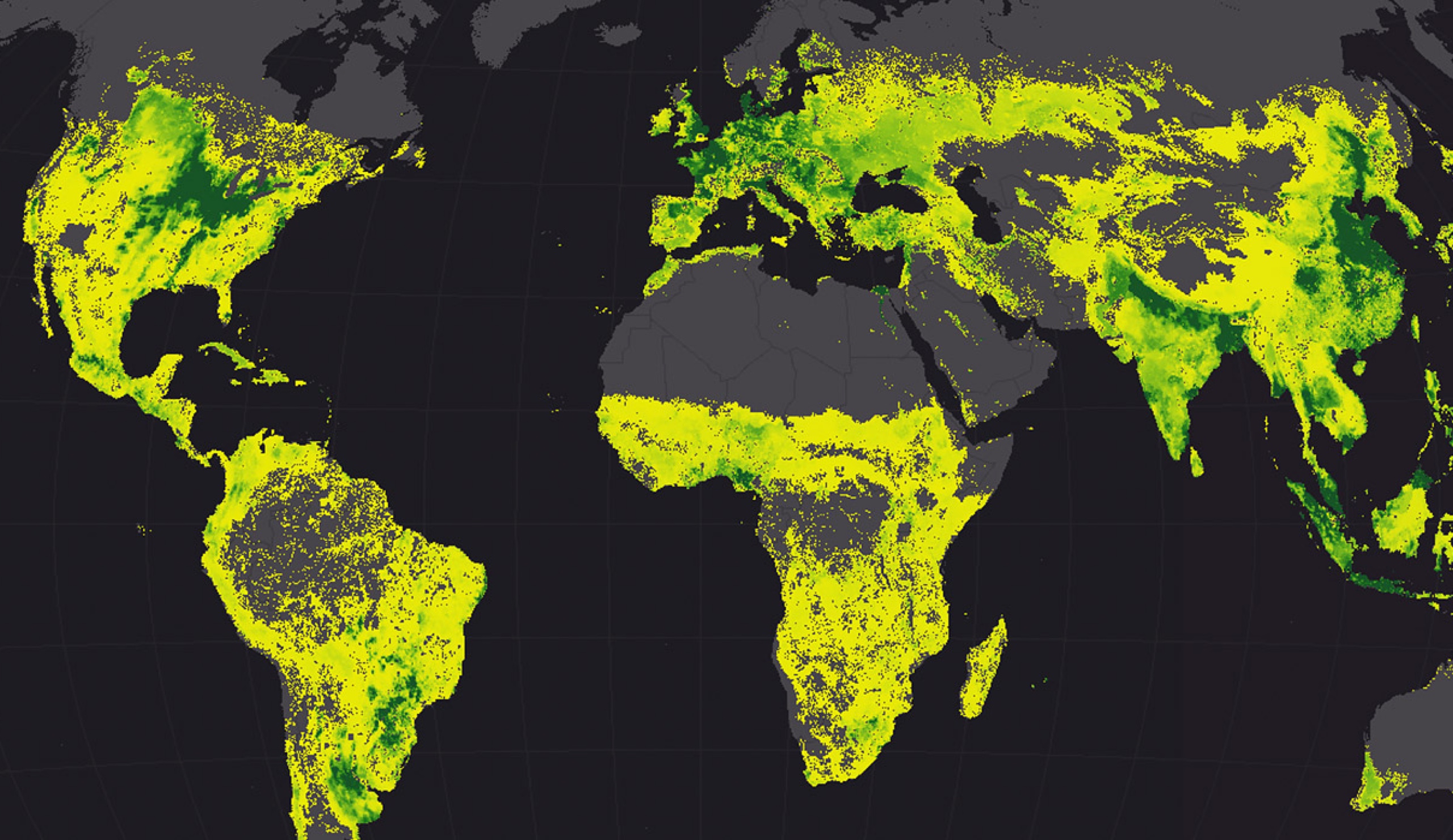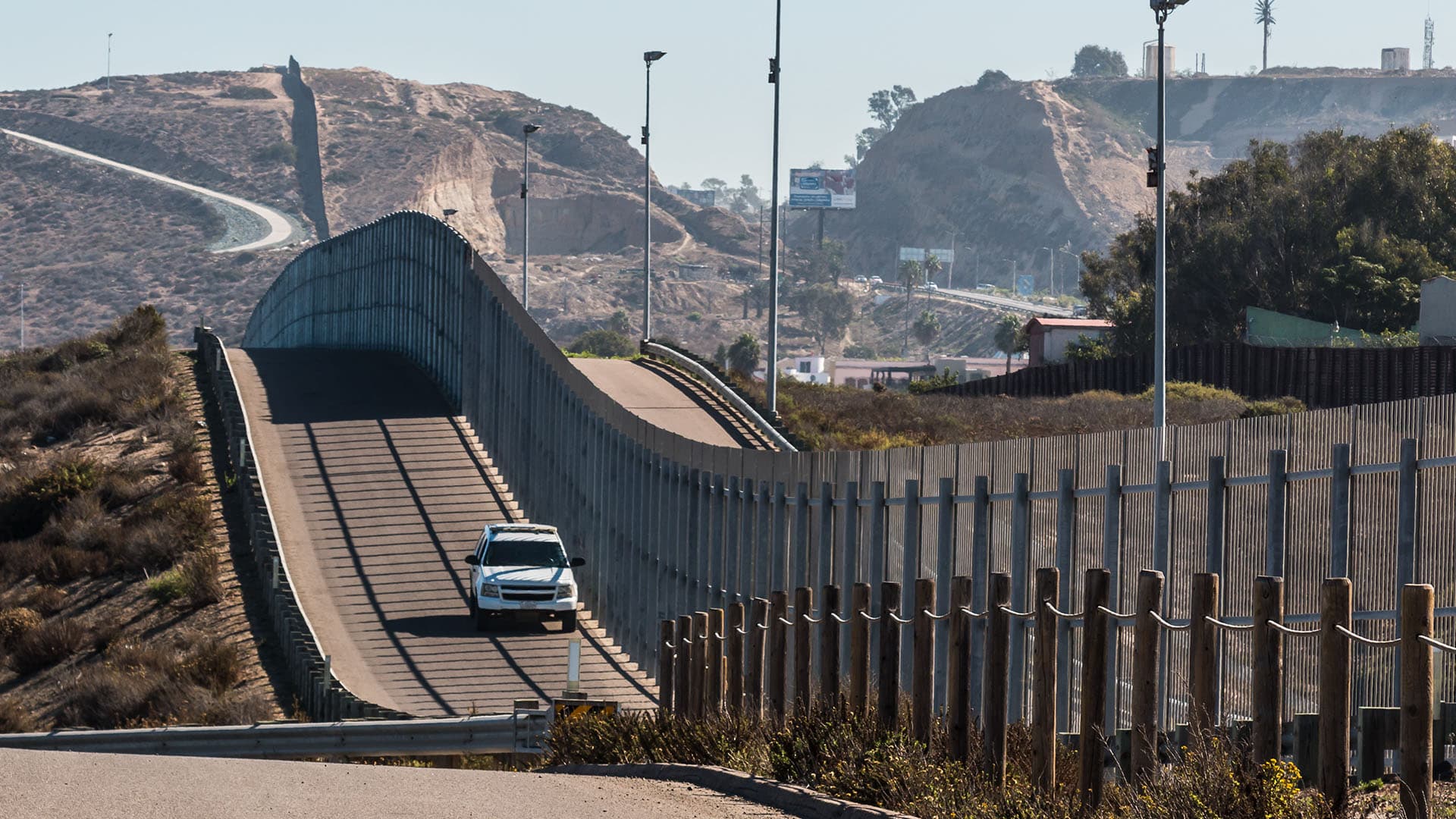

The technology and systems implementation won’t be successful without motivated staff, who see a clear need for change, and who have had input into design of the new process.
October 13, 2017

First in a three-part series on Ordnance Survey Ireland’s map modernization efforts
Isn’t data just data?
Once you start asking questions of your data, it doesn’t take long to realize when key details are missing. The location data that underpins mapmaking is of limited use if it only indicates where something is (its address, coordinates, or place-name). It gains intelligence if attributes are added to describe the what and why.
Ordnance Survey Ireland (OSi), the national mapping authority, has long been a technology innovator. It has a 30-year history of using computers for map production. However, some time ago, its leaders began to realize that they were in danger of falling behind. How did they know? Because their customers kept asking for more intelligent data.
“Our customers wanted data with rich attribution and intelligence in order to do analysis,” says Tony Murphy, business and marketing manager, OSi. “This wasn’t possible with the flat file data structure that we had.”
Future proofing
OSi leaders understood that a shift from their traditional map production to providing geospatial data to improve decision-making wasn’t trivial. Advances in technology spurred them to scrutinize their data and processes. The pride they took in their history of innovation drove them to understand the demand and work toward exceeding it.
“In 2007, we commenced a period of conceptual data modeling,” says Lorraine McNerney, general manager, geospatial systems, OSi. “We focused on future proofing for next generation data update requirements.”
The modernization plan identified the following core objectives for this transformation:
OSi leaders conceived of a single data holding called PRIME2 to replace many separate databases. This change would streamline operations, decrease the effort to maintain their data, and enable the creation of new products and services.
The road map also included a new way to deliver data to customers: streaming data as web services rather than offering data downloads. This change would relieve customers of the burdens of maintenance and overhead and ensure accuracy, timeliness, and consistency of the data because it would remain under OSi’s control.
Tough timing
As OSi’s modernization plan began to gel, the economic downturn of 2008 hit Ireland hard. Years of strong growth ground to a standstill, and failing banks caused the country to pick up debt and apply austerity measures to address the deficit.
OSi leaders commissioned a third-party study from Indecon International Economic Consultants to assess the economic value of the geospatial industry in Ireland and get feedback from industry experts on the benefits of their plan.
The findings pointed to the following yearly benefits:
Quantifying the benefits swayed the paymasters to approve the plan.
“The Indecon study helped to inform the whole geospatial rationale,” says Murphy. “It helped government bodies understand the value of using geospatial information to make decisions.”
The financial downturn actually turned out to be a benefit when it came to implementing the plan.
“While the economic crisis wasn’t good for Ireland, it allowed us to accelerate what would probably have been a longer project,” says McNerney. “We went from surveying 100,000 buildings per year to 7,000. The downturn allowed us to take our staff out of the field to do the reengineering work.”

The technology and systems implementation won’t be successful without motivated staff, who see a clear need for change, and who have had input into design of the new process.
Adopting an agile approach
OSi understood that map modernization involved a great deal of change management. At the start, the organization adopted the tenets of Agile software development, where requirements and solutions evolve through the collaborative effort of self-organizing and cross-functional teams.
This framework helped gain buy-in on dramatic changes by empowering everyone. Rather than a top-down process, everyone has authority and responsibility, which fosters collaboration and pride in the results.
There was awareness at the outset that providing greater value to customers centered on greater adaptability, flexibility, standardization, and greater mapping intelligence.
With a shared focus on next-generation national mapping, and a commitment to quantum change, OSi steered its big ship through stormy economic seas to realize the operational efficiencies of map modernization.
The concept of a learning organization proved central to achieving this long-term change, with a constant focus on continuous process improvement.
“The technology and systems implementation won’t be successful without motivated staff, who see a clear need for change, and who have had input into design of the new process,” said McNerney.
Learn more about how national mapping agencies apply GIS to their operations.
Read More
This story is the first of a three-part series on Ordnance Survey Ireland’s map modernization transformation. The second installment in the series highlights GeoHive, OSi’s interactive online mapping platform that replaced a static map viewer. The third installment shares a further evolution that ties mapping technology to improvements in government policy.

August 16, 2017 |

August 16, 2017 |

September 28, 2017 |